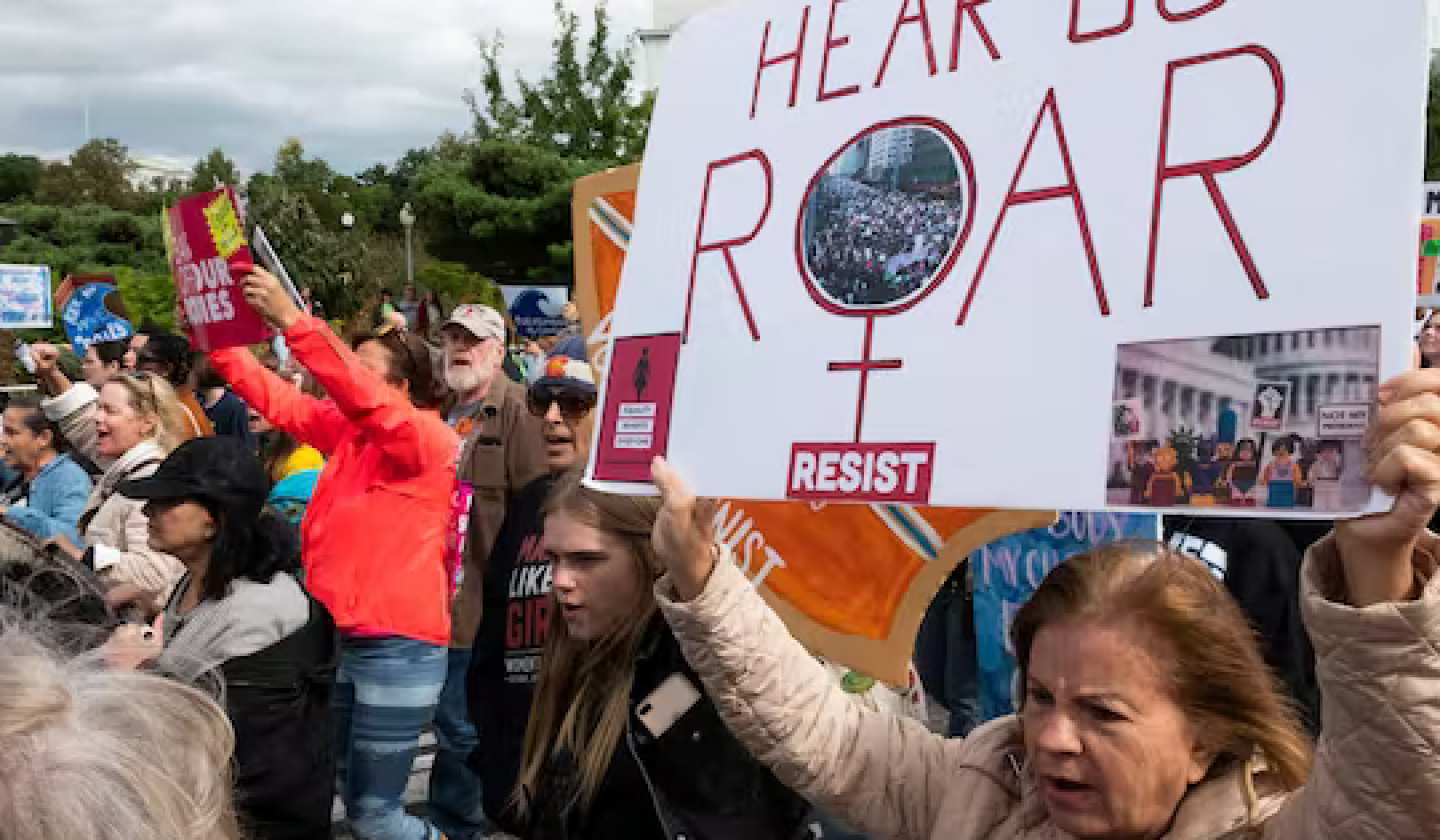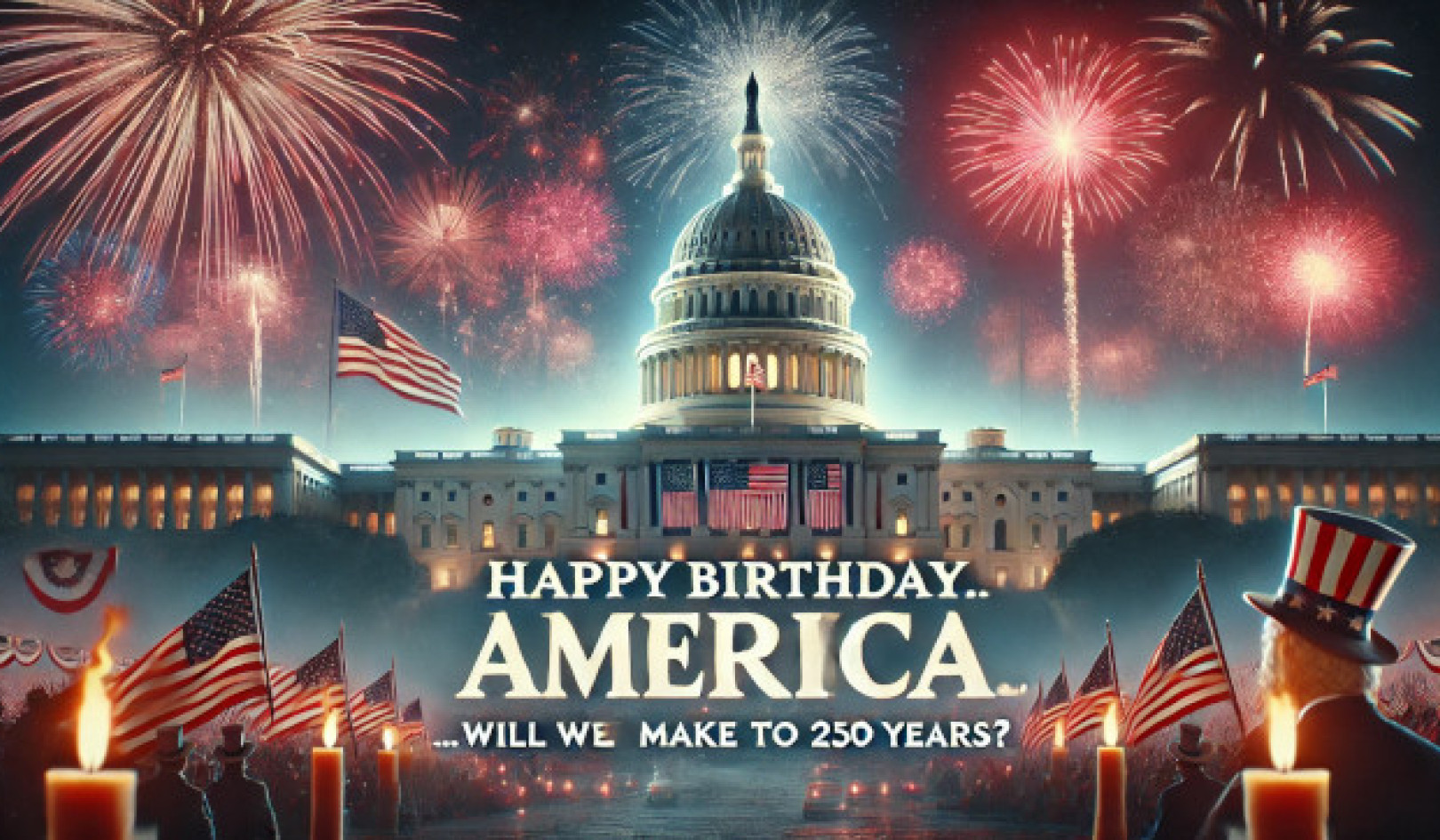
Pollution is the leading cause of death in low- and middle-income countries. The top 10 pollution problems threatening planet Earth pose daunting, and in some cases seemingly insurmountable, obstacles. That’s the bad news. The good news is that these problems are fixable. Moreover, when that happens, the biggest single source of death on the planet — let alone an enormous drain on human and environmental well-being, not to mention economic growth — will be vanquished.
I believe this can happen within our lifetimes. How can I be so sure? Because we’ve already solved many of these problems in the West in about the same period.
In the ’50s and ’60s, we had air quality in New York and Pittsburgh to rival Norilsk and Beijing. We had toxic waste sites at Love Canal to rival those at Kanpur and Huaxi, lead poisoning as bad as Kabwe’s in Bunker Hill, Idaho, and sanitation problems everywhere. But all of them were solved. Don’t get me wrong; we still have pollution problems in the richer countries. But they are smaller than those of their developing nation counterparts and, perhaps most importantly, they’re being worked on.
The truth is, creating a pure Earth is a problem for realists. It’s a task for people who make things happen, rather than just talking environmental problems to death. A realist maps out the scope of the problem, formulates a plan and gets to work. That means moving soil, installing new technologies and dealing with communities that need help. A lot of it boils down to following a playbook: doing what we already know how to do and have done in the past. Prioritizing cost-effective solutions. Enabling countries to develop resources and structures that will work.
At the end of the day, pollution is really no different from polio: it’s a disease that we have the tools to cure. We just need to disseminate the proper treatment.
The most vital component to that dissemination is marshaling the collective will of the world’s population. And what’s the best way to do that? By letting everyone be part of the solution.
So what kind of contribution can you make?
Wait! Don’t say it. I can already feel you cringing. You think I’m going to ask you to write a big check or do something crazy, like participate in a flash mob. Go on a walkathon. Maybe a danceathon (remember those?). Maybe you think I’ll ask you to donate your time, one weekend a month, to march door to door in your voting district, asking your neighbors to sign a petition.
Those things might work. Who knows? But I can offer you something simpler.
I’d like you to spread a message.
In today’s technological society, there are few things simpler or more powerful than a message. A message is easy to generate, not to mention a renewable resource. A message can spread as fast as the news — and these days, that means pretty damn fast.
A good message has the power to engage a recipient’s heart and mind. I’m not talking about some sugary slogan ginned up by Madison Avenue ad agencies. Those mantras, so catchy and clever, convince people to consume fast food or people with lung cancer to dole out cigarettes to children.
I’m talking about what I like to call No-Brainer Messages — hear them once, and you’re able to digest a complex, vigorous ideation in seconds. From there, you’re empowered to do what you like, but perhaps the most powerful action you’ll take is to spread this message to others.
Spreading a message is the only way to build its influence. If one person understands a message: ho-hum. If two people get it, they have something in common, something they can talk about; the air between them begins to crackle with a life of its own. If three people get the message, a viewpoint evolves. If four people get it, this viewpoint begins to take on an almost physical mass, which, in turn, instigates gravitational pull.
When enough people understand a message, it tends to break across whole cultures like a tidal wave, washing away all that is old and useless and leaving behind a fresh, new landscape of thought.
As the fifth, sixth and seventh people join the core group, the message’s effect begins to multiply exponentially. The zeitgeist starts to change in ways that are subtle, yet not to be underestimated. Pressure builds until, eventually, critical mass is obtained. At that point, almost anything can happen.
For a few years now, I’ve been hugely interested in the sociological phenomenon that writer Malcolm Gladwell covered in his book The Tipping Point. Gladwell’s work explored a scenario that we have all seen play out hundreds, possibly thousands of times before anyone thought to put a name on it. That scenario is this: When enough people understand a message, it tends to break across whole cultures like a tidal wave, washing away all that is old and useless and leaving behind a fresh, new landscape of thought on which new generations can build stronger foundations with greater economy, forward thinking and results.
So what are the messages I’d like you to consider spreading about pollution, or what I call “the brown problem”?
Message 1: Pollution is the biggest killer in the world.
Pollution kills one person for every seven that die. It causes more death and disease then malaria, AIDS and tuberculosis combined.
This puts things into perspective rather quickly. If you think about it for a moment, I’m sure you will be staggered (as I always am) by the extent of the damage that brown issues cause. This does not mean we should take money away from solving those diseases and give them to solving pollution. Of course not. These are terrible problems that deserve all the energy and resources we can give them.
In 2012, the World Health Organization reported that 625,000 people had died from malaria, 1.5 million had died from HIV/AIDS, and 930,000 had died from tuberculosis.
The overwhelming majority of toxic air, soil and water on Earth is found in poorer nations. The U.S. and Europe have (for the most part) done a good job of protecting our children and our environment.
That’s a total of 3.1 million people, give or take.
The number of people killed by pollution in 2012 was 8.9 million, nearly triple that amount.
With that kind of impact, isn’t it time we paid some attention to the brown agenda?
Message 2: The victims of pollution are almost all in low- and middle-income countries.
Of the 8.9 million people killed by pollution in 2012, an astonishing 8.4 million of them resided in low- and middle-income countries. Read: they’re not in the U.S. or Europe.
There’s a simple reason for this. The overwhelming majority of toxic air, soil and water on Earth is found in poorer nations. The U.S. and Europe have (for the most part) done a good job of protecting our children and our environment. There are a few exceptions where I think the U.S. and Europe could be doing a better job. We have air quality problems in many cities, for instance. Coal-fired power plants and other emissions cause many deaths. We are also uncertain about a range of chemicals that may be causing serious diseases, particularly in children. But make no mistake: The severity of the problems found in the developing world are orders of magnitude worse than those we find in the richer countries.
Exposing people to statistics, photos and stories about those who live in these toxic sites is, to say the least, very instructive.
Message 3: Children are hurt more than adults.
This is an important point. Even if you don’t have children or even like children, you probably understand how vulnerable they are. You probably understand that today’s children are the generation that will inherit tomorrow’s world and, in many ways, steward it for us in our dotage. We have a vested interest in protecting children because they are the keys to our future.
Message 4: Big Fortune 500 companies are not to blame. Local and small enterprises cause almost all of the world’s pollution problems.
Large Western corporations are (generally) not responsible for causing pollution. Rather, quite often they bring best practices to middle-income countries where they set up. With certain rare exceptions, blaming corporate America will not solve pollution problems. Instead, we need to focus our efforts on working with smaller, local companies, which include operators like battery recyclers and gold miners.
It’s true that old technologies were very polluting throughout the 1930s and ’40s, and the West paid the price for them. But there is no reason for new economies to follow that path. In fact, doing so represents a much less efficient growth trajectory.
What these practitioners really lack isn’t willpower, but education and training. The education required to help them clean up their acts need not cost much, and the resulting benefits can equate to huge strides for the world overall, moving forward. Keep in mind that most of these small operators have no idea that they’re poisoning their children’s heritage. Proper education and training in the use of more effective, toxic-free technologies is the best way to meet their immediate needs while securing a better future for them and us.
Message 5: Pollution is not inevitable for developing countries.
This is an old mode of thinking that needs to be knocked on the head until it evolves. Many people will claim that the growth required to bring poor countries out of poverty can only come about through actions that cause pollution — that the inevitable cost of growth is pollution, which can be dealt with once the country is richer. After all, such thinkers say, this is what happened when the West industrialized, right?
In today’s world, however, this argument is mostly bunk. It’s true that old technologies were very polluting throughout the 1930s and ’40s, and the West paid the price for them. But there is no reason for new economies to follow that path. In fact, doing so represents a much less efficient growth trajectory.
The technologies we now enjoy in almost every industry have leapfrogged over those old dirty dinosaurs; no one invests in mercury-based technologies anymore. The newer ones are cheaper to implement and run, more profitable, and inherently cleaner. We no longer build car engines that require leaded gasoline any more than we steer our ships at sea using sextants or dead reckoning. And while it’s certainly true that we still suffer many old boneyard industries overseas that are terribly toxic and need to be cleaned up, by and large economic growth relies on efficiency. Meaning that new investments will introduce and leverage more efficient technologies.
As a general rule, remember this: High efficiency and low pollution go hand in hand.
Pollution hinders growth; it is not a natural outcome of it. We need to keep that front and center as we set our expectations for how current and future industries should conduct themselves.
Message 6: We can make a big difference in our own world by helping the people in developing nations.
Many pollution problems in other nations affect us directly. For example, air pollution from China reaches across the Pacific to pollute the western coast of the United States, and mercury from artisanal small-scale gold miners contaminates the fish we eventually eat. More subtly, however (though no less powerful), sharing a pollution-free future builds extraordinary goodwill and gratitude with communities and countries overseas. This, in turn, means a safer world for us all.
Maybe it is the engineer in me, but when I close my eyes to the politics, each of these pollution issues seems like it has a simple solution.
Countries that are inhibited from developing their children because of pollution and disease are unable to move out of poverty. Disease and poverty breed the dissention that is a root cause of much of the turmoil in the world. The obvious choice is not always there to make, but helping communities build a strong, healthy environment brings prosperity that, in turn, breaks down the boundaries of tribalism and insularity that lead to disenfranchisement and a lack of contribution to the greater good of our species.
So, there you have it. It may look to you like I’m tilting at windmills. After all, taken in total, the top 10 pollutants represent an enormous problem. Yet I have this quiet confidence that we can fix them. Maybe it is the engineer in me, but when I close my eyes to the politics, each of these pollution issues seems like it has a simple solution.
For instance, change the type of diesel fuel that vehicles are allowed to burn.
Introduce a new cookstove to a needy community.
Design and build a treatment plant.? Dig up toxic soil and contain it in proper landfills.? And so on.? You see? It isn’t rocket science. Just methodical work, executed one project at a time. And for each project, it is necessary to find the funding, identify the proper technology, and put together the right team that can implement the work successfully.
We take it one country at a time. Each country is a little bit different, with a different set of pollutants. The trick is to focus on the most important problems first — those that kill the most kids. Next, to make sure money is spent on solutions, not just studies. Then, a little bit of support here, a push of encouragement there, good input from an expert or two, and the real change starts to begin. A few pilot projects prove the success of the overall vision; they prove that lives can be saved. More projects follow, funded from country coffers, and soon a new economy is created around anti-pollution and cleanup. The issue becomes embedded in the country’s plans. The international response becomes that of a cheerleader, not a driver.
Already, we can see this process at play in so many countries: Mexico, China, India, Indonesia, Brazil … the list goes on and on. Needs vary, but the process is the same. It takes many steps over many, many years, but this is the pathway to success.
There’s still so much work to do, and you can be a part of it. So, help us out. Spread the word. ?After all, we’re all in this together.![]()
About The Author
 Richard Fuller is president of Pure Earth (formerly Blacksmith Institute) and a founding member of the Global Alliance for Health and Pollution.
Richard Fuller is president of Pure Earth (formerly Blacksmith Institute) and a founding member of the Global Alliance for Health and Pollution.
Editor’s note: The following is excerpted The Brown Agenda: My Mission To Clean up The World’s Most Life-Threatening Pollution by Richard Fuller, and is published here with permission from the author.
This article originally appeared on Ensia
Related Book:
at

Thanks for visiting InnerSelf.com, where there are 20,000+ life-altering articles promoting "New Attitudes and New Possibilities." All articles are translated into 30+ languages. Subscribe to InnerSelf Magazine, published weekly, and Marie T Russell's Daily Inspiration. InnerSelf Magazine has been published since 1985.

Thanks for visiting InnerSelf.com, where there are 20,000+ life-altering articles promoting "New Attitudes and New Possibilities." All articles are translated into 30+ languages. Subscribe to InnerSelf Magazine, published weekly, and Marie T Russell's Daily Inspiration. InnerSelf Magazine has been published since 1985.























